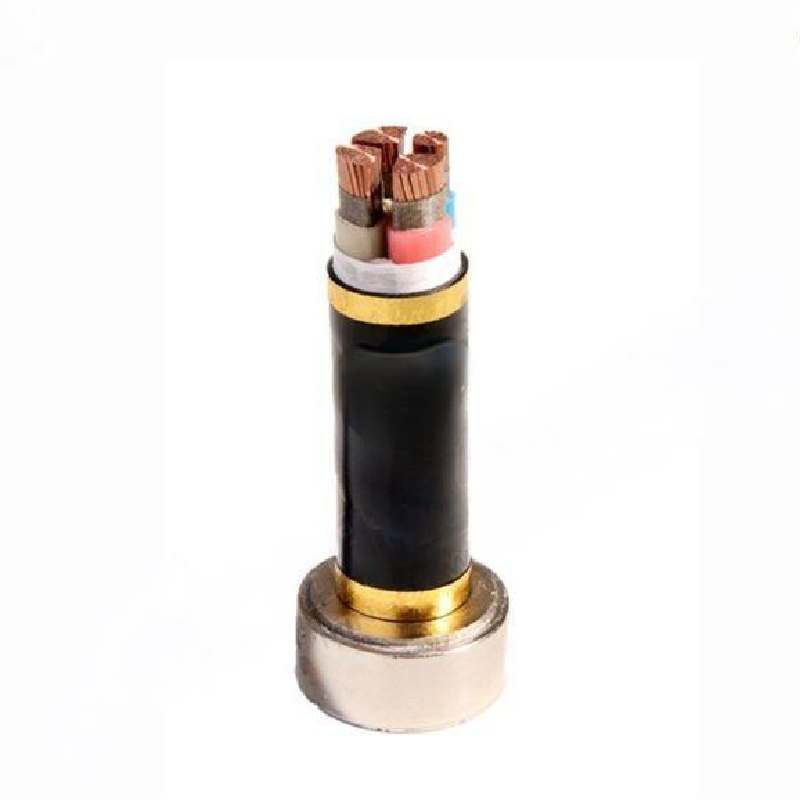Dec . 12, 2024 11:15 Back to list
3 way ball valve
Understanding 3-Way Ball Valves Functionality and Applications
3-way ball valves are essential components in various industries, providing control over the flow of fluids in piping systems. They are designed to direct flow between three different ports, allowing for versatile operation in systems where multiple flow paths are required. In this article, we will delve into the functionality, types, and applications of 3-way ball valves, shedding light on why they are favored in many engineering and industrial applications.
Functionality of 3-Way Ball Valves
At the core of a 3-way ball valve is a spherical disc (the ball) that contains one or more holes or ports. The valve operates by rotating this ball within a valving body to either allow or restrict flow through the ports. By turning the valve handle, the operator can control the orientation of the ball, thereby changing the direction of the flow.
3-way ball valves typically have three configurations L-port and T-port.
- L-Port This configuration allows for the flow between two out of three ports simultaneously. It is mainly used for diverting flow from one outlet to another. For example, if Port A is connected, the flow can either go to Port B or Port C, but not both at the same time.
- T-Port The T-port design allows for more complex flow arrangements, enabling simultaneous flow through two ports or complete shut-off. This versatility makes T-port valves suitable for mixing applications, where two different fluids need to be combined before moving into a single outgoing line.
Advantages of 3-Way Ball Valves
1. Versatility One of the primary advantages of 3-way ball valves is their ability to combine or divert the flow of fluids under various conditions. This makes them ideal for systems that require a high degree of control over flow paths.
2. Quick Operation The design of ball valves allows for quick quarter-turn operation. This means that the flow can be started or stopped with minimal effort, making the process efficient and reliable.
3. Low Pressure Drop Due to their design, 3-way ball valves generally have a lower pressure drop compared to other types of valves. This contributes to energy efficiency in pumping systems, as less energy is required to move fluids through the system.
3 way ball valve

4. Durability Made from robust materials like stainless steel, bronze, or plastic, 3-way ball valves are built to withstand harsh operating conditions, including high temperatures and pressures. Their resilience contributes to a longer operational lifespan and reduced maintenance needs.
5. Sealing Capability The ball valve’s design enables an excellent sealing capability when closed. This feature is crucial in preventing leakage, thus ensuring system integrity and safety.
Applications of 3-Way Ball Valves
3-way ball valves find extensive use across a wide range of applications in various industries, including
- Chemical Processing In chemical plants, 3-way ball valves are utilized for handling various chemical flows, ensuring precise control for mixing reactions or diverting flows as necessary.
- Water Treatment In water treatment facilities, these valves can control the flow of water and chemicals, playing a vital role in the purification processes.
- Oil and Gas They are used in oil and gas applications for controlling hydrocarbon fluid flow, where switching between different pipelines is often required.
- HVAC Systems In heating, ventilation, and air conditioning (HVAC) systems, 3-way ball valves facilitate temperature control by regulating the flow of heating or cooling fluids.
- Food and Beverage In the food and beverage industry, stainless steel 3-way ball valves are employed to manage the flow of liquids, ensuring hygiene and product quality.
Conclusion
3-way ball valves are invaluable in fluid control systems due to their versatility, quick operation, durability, and sealing capabilities. Their design allows for flexible flow management, making them highly effective in various applications across multiple industries. As technology progresses, we can expect further enhancements in the performance and efficiency of these critical components, solidifying their role in modern engineering applications. Whether in chemical processing or HVAC systems, understanding and implementing 3-way ball valves is essential for optimizing fluid handling and ensuring system reliability.
Share
-
Advanced Technology in Wire and Cable FactoryNewsAug.19,2025
-
Applications of Ball Check Valve in Water Treatment PlantsNewsAug.19,2025
-
How Osy Gate Valve Ensures Leak - Tight SealingNewsAug.19,2025
-
Selection Criteria for Wafer Type Butterfly ValveNewsAug.19,2025
-
Threaded Ball Valve Pressure RatingsNewsAug.19,2025
-
Y Strainer PN16 Cost - Effectiveness AnalysisNewsAug.19,2025


